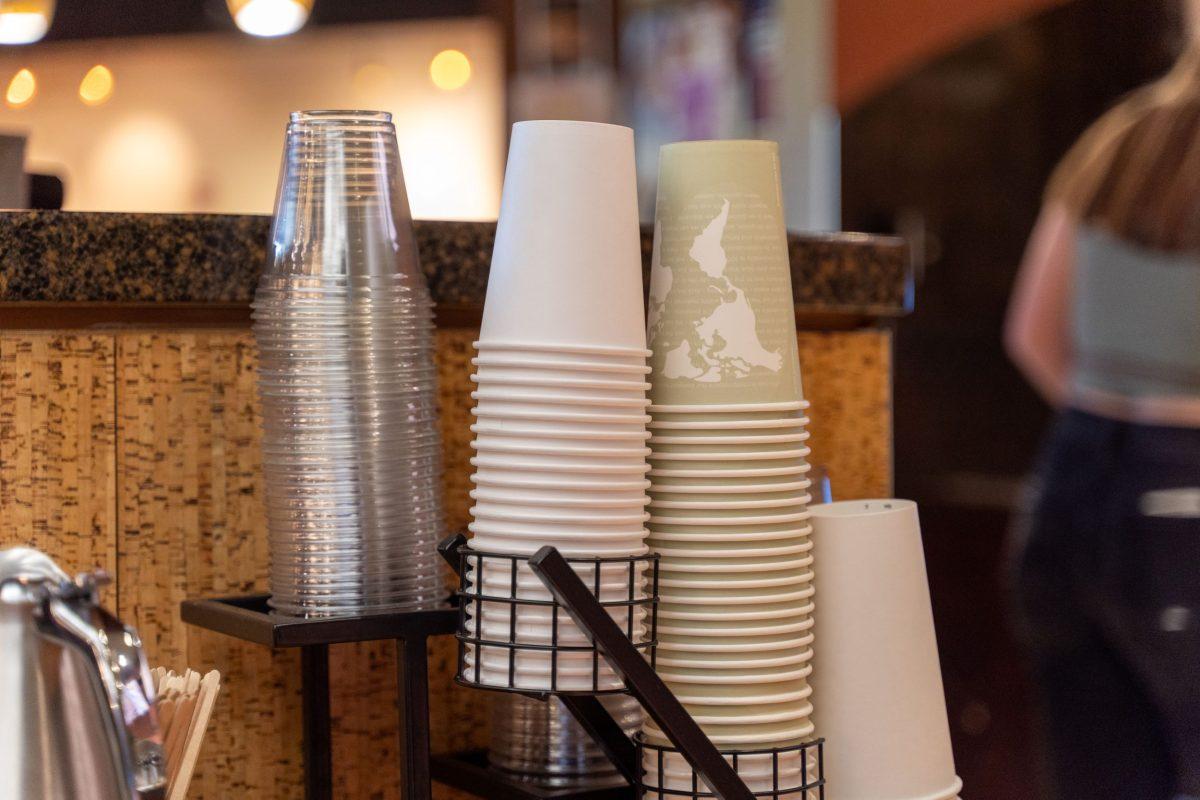The smell, the rotting aroma that makes it hurt to breathe. It’s palpable even before we get off our air conditioned bus. Normally luxuries like soft seats, cool air and general comfort aren’t given a second thought, but now the bus feels like our only sanctuary.
Dumps, city landfills, basureros in this case, they all get a bad rap. It’s our garbage, and we forget about it once it leaves our hands. What about the people who have to take care of it, or worse yet, the people who live in it?
Nicaragua is the second poorest country in Latin America, and it shows. The rundown buildings and constant begging for loose change by inhabitants is evidence enough. Poverty infests it, changes the attitudes of the people and the images of the city, often times ruining its real beauty.
I have been out of the capital city, outside the plastic wrappers and used soda cans tossed alongside the road, and Nicaragua is breath-taking. It’s a beautiful country, with rolling hills, lakes and greenery, reminding you every second that life defines Nicaragua’s existence, growing and flowering everywhere.
But inside this city is a different story. Inside this dump is an unfamiliar kind of life, the kind we ignore and turn our minds from rather easily. La Chureca is the name of the city dump, and the dump city. More than 1,000 families at any given time live here, many of them permanently. The idea of living here, eating what comes in on dump trucks and surviving on corrugated cardboard, hot tin roofs, discarded Coca-Cola signs and barbed-wire clothes lines blows my mind.
I had the opportunity to take a short tour of this city, to see the conditions and see what lower-class existence really is. Hopping off the bus, we all became timid, not wanting to touch the walls and watching every step we take in case some foul liquid was on the ground that we didn’t want to track back to our home.
The tour started through a family’s house, and as we shuffled through, the man who owned it wouldn’t look us in the eyes and stared at the wall on the opposite side, all dignity gone, replaced with shame.
We broke through this barrier and came out on the other side, as we crossed over into the dump, into the corrugated city of dead dreams. At a glance, we see little kids running around with nothing but diapers or little shorts on, sores creating a terrible map on their skin. We climb a hill, seeing the shacks that families share with the animals they own. Some were larger than others; all thrown together like a million puzzle pieces.
Sewage creates a poisonous river flowing down the hill we climb. At the top of the hill my breath leaves me, as I look out over the sea of garbage and decay and take in the true breadth of what we feared to look at. Houses upon houses, the heat so stifling I can only image what it must be like inside these metal boxes. And the smell, the olfactory agony that only trash and heat can create. Spending only two hours there made me hate it with every fiber of my being, and then I stop and think: these people live here. Wake up and go to sleep in it. Every night.
The existence here can be attributed to a multitude of things, from a poor government to lack of money to a general disregard for the overall well-being of humankind and earth. The reality is that landfills are everywhere, created by each and every one of us. It’s the nature of human kind, one we are revealing the hard way, as these dumps attest to. The irony is, all the poverty-stricken people living in this dump wouldn’t eat if we didn’t throw all our garbage away. It’s a terrible double-edged sword, one stuck deep in humankind.
No politician or nurse or billionaire can fix this. It starts and ends, as it always does, with us. Spain is working with the dump to cure this disease, but its only one dump. Next time you throw leftovers away, consider the person that pulls it out of the trash, finishes it, and thanks God that he/she ate that day.






 Spokane?
Spokane?